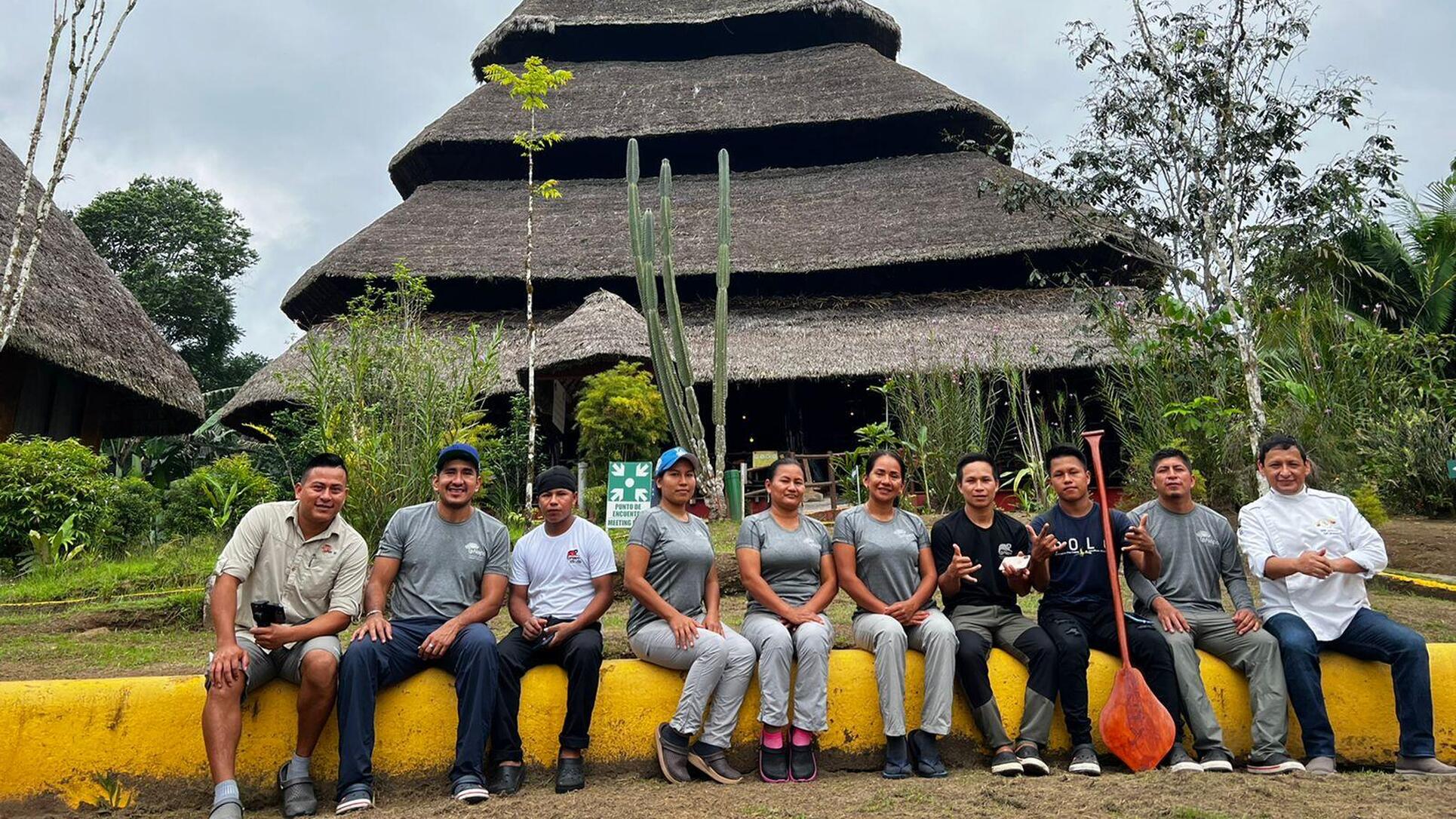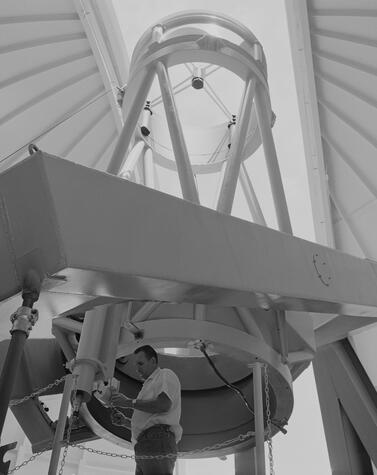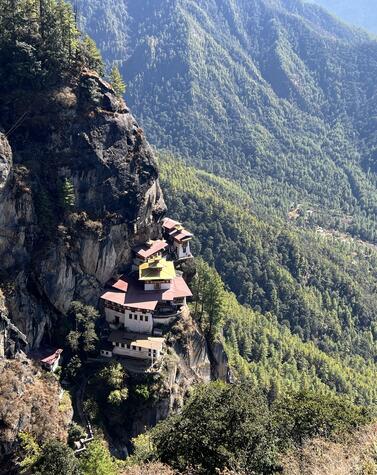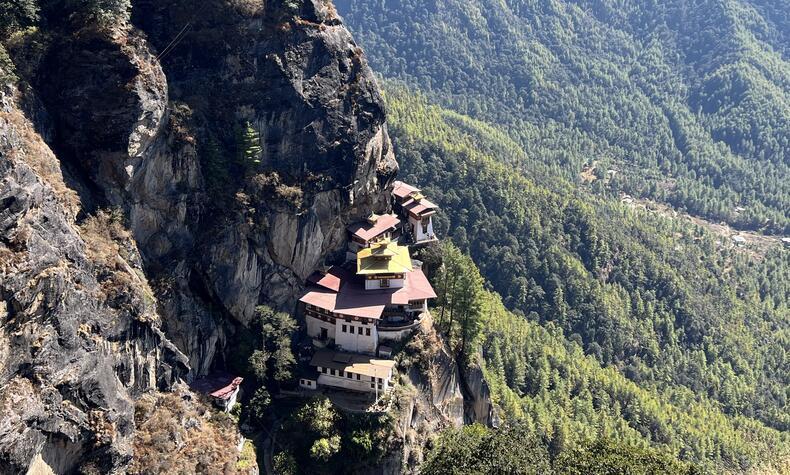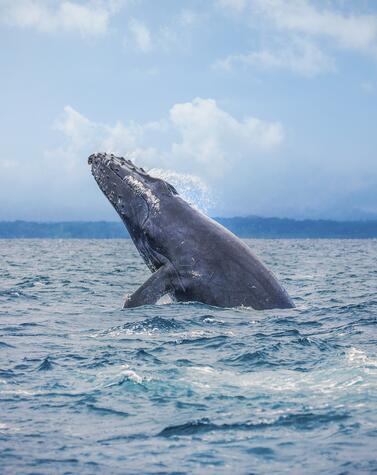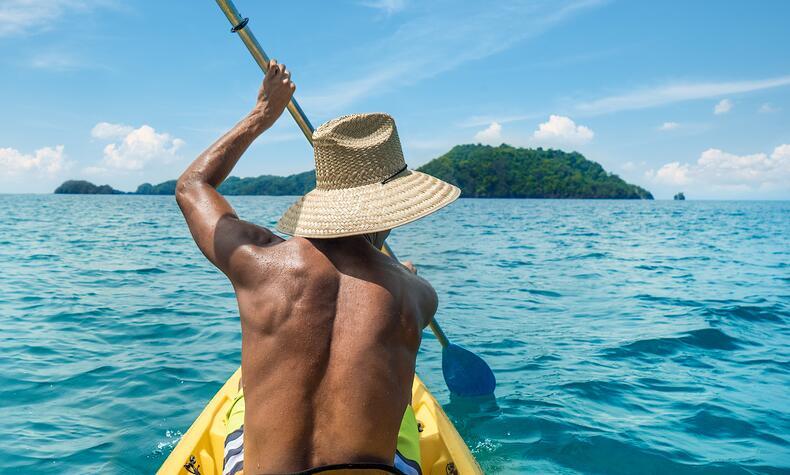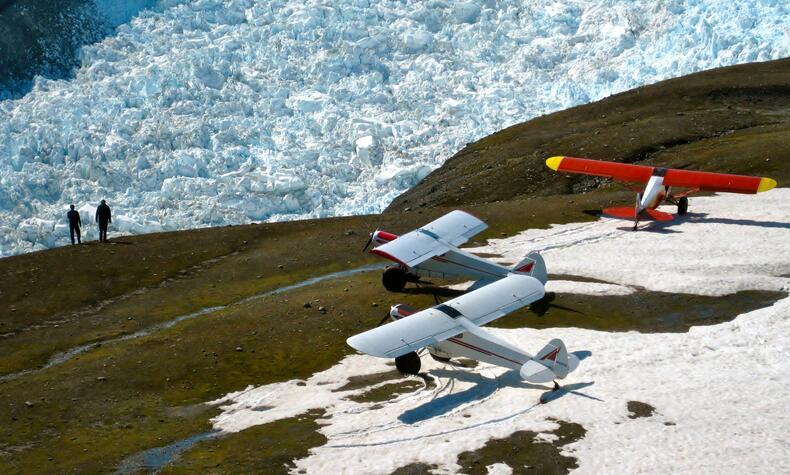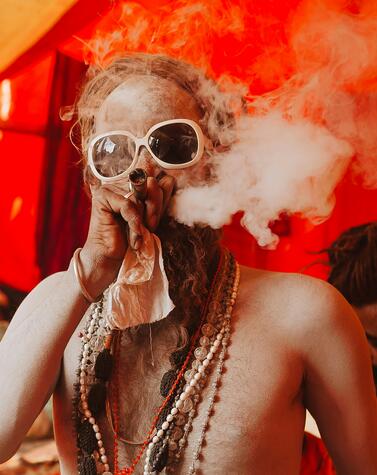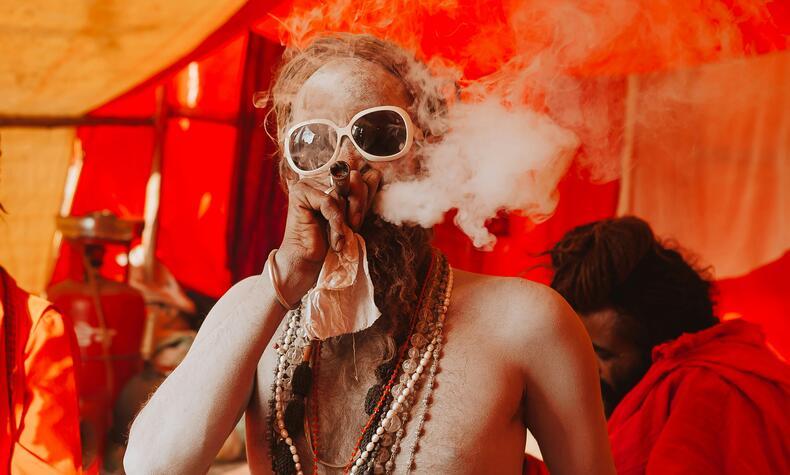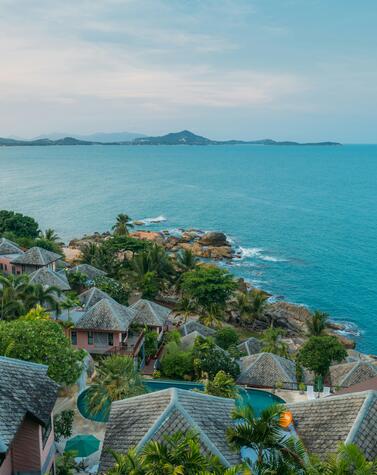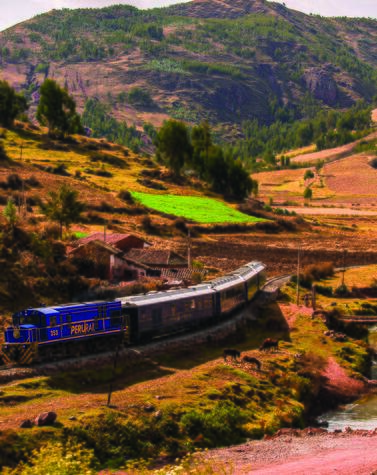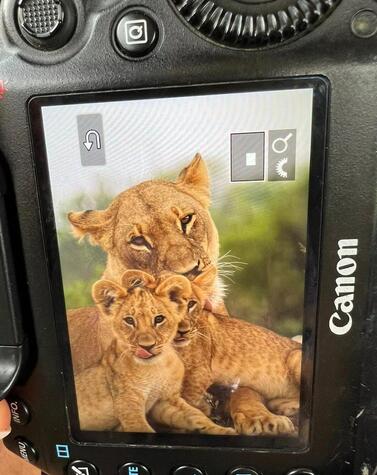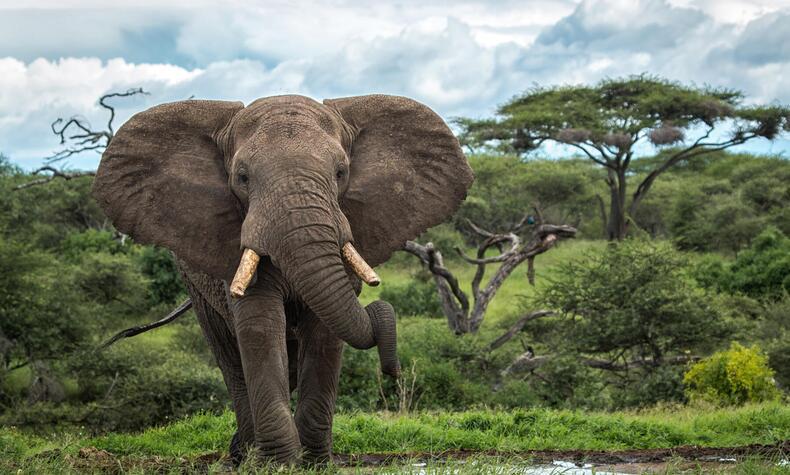The history, challenges, and future of the Kichwa Añangu indigenous community
Jorge Edmundo Rivadeneyra Andi, a distinguished leader of the Kichwa Añangu Community and a visionary in human talent management, offers an introspective look at his background, training, and current commitments in an exclusive interview. In addition to his extensive education and leadership roles in his community, Jorge is also deeply involved in the Napo Wildlife project, an initiative that not only protects the region's rich biodiversity but also empowers indigenous communities through sustainable tourism. Join us as we delve into the story, ambitions, and passions of Jorge, a man who, without a doubt, is leaving an indelible mark on the heart of the Amazon.
Could you tell us about the history and culture of the indigenous Añangu community?
In Ecuador, as of the 2008 constitution, 13 nationalities and about 19 peoples are recognized as living within its territory. The Kichwa of the Amazon belong to one of these peoples. Our community has customs and traditions that have been inherited from generation to generation despite globalization, and have been maintained and sometimes adapted to new realities. Among them are: the way we organize ourselves as Kichwas, the use of our typical clothing on special occasions, the way we eat, the sanctions or punishments for those who violate the rules of the community, our drinks and typical foods such as guayusa, chicha, fish maitos, etc...
The Añangu Kichwa Community originates in the 70's; its first settlements are a product of the search for new land for agriculture. In 1970, there were 3 families who came to Añangu territory, being the descendants of neighboring towns such as Tena, Archidona, and Puyo. Later in 1990, there was a second migration of 32 families from Misahualli and Tena.
In the search for the legalization of the territory in what today comprises the Kichwa Añangu Community, our comrades had to be in constant struggle with the settlers to have legal possession of the land in 1986. In that year, our organization changed its name from "SACHA PACHA" to "CENTRO KICHWA AÑANGU" in honor of the lagoon that already had this name; usually, the name "Center" is used by the Shuar nationality, so in 2007, the name was changed to Kichwa Añangu Community because of the need to obtain the legal status that allows us to manage our ecotourism project, Napo Wildlife Center.
Jorge Edmundo Rivadeneyra Andi, 28, is an inspirational and entrepreneurial leader from the Kichwa Añangu Community. With his MBA in Human Talent Management and a degree in Business Administration, Jorge has successfully assumed the position of Human Talent Director in his community, where he is making a remarkable difference. In addition, Jorge is the founding president of "Sacha Muskuy", a recently established organization with the vision of ensuring the long-term sustainability of community projects, so that future generations will also benefit. His commitment and strategic approach, along with his passion for preserving and improving his community, make Jorge a pillar of change and development for the Kichwa Añangu Community.

In 1998 a small group of eight people under the leadership of Jiovanny Rivadeneyra, today known as the eight roosters, decided to build cabins around the Añangu lagoon to bet on ecotourism, the first work they did was to clean the weeds from the mouth to the lagoon, this work lasted three months, the construction lasted about three years.
In the year 2000 a sustainable tourism project sponsored by Peter English is achieved, in 2001 Jorge Rivadeneyra as president of the community signed an agreement with the Eco Ecuador Foundation which consisted in that the Foundation would manage the lodge for 20 years and then would pass to the community In 2003 the Eco Tour Foundation began managing the lodge but due to non-compliance of the terms by the foundation, the agreement was unilaterally terminated, during 2006 and 2007 the community entered into legal conflicts to recover the lodge and in June 2007 the lodge became 100% managed by the community.
In 2010 the Kuri Muyu interpretation center was created, an organization of women from the community and later in 2012 the Napo Cultural Center previously called "YASUNI KICHWA ECOLODGE" was created with the purpose of offering jobs to women in the community since they had young children at home they could not neglect or be away from their homes.


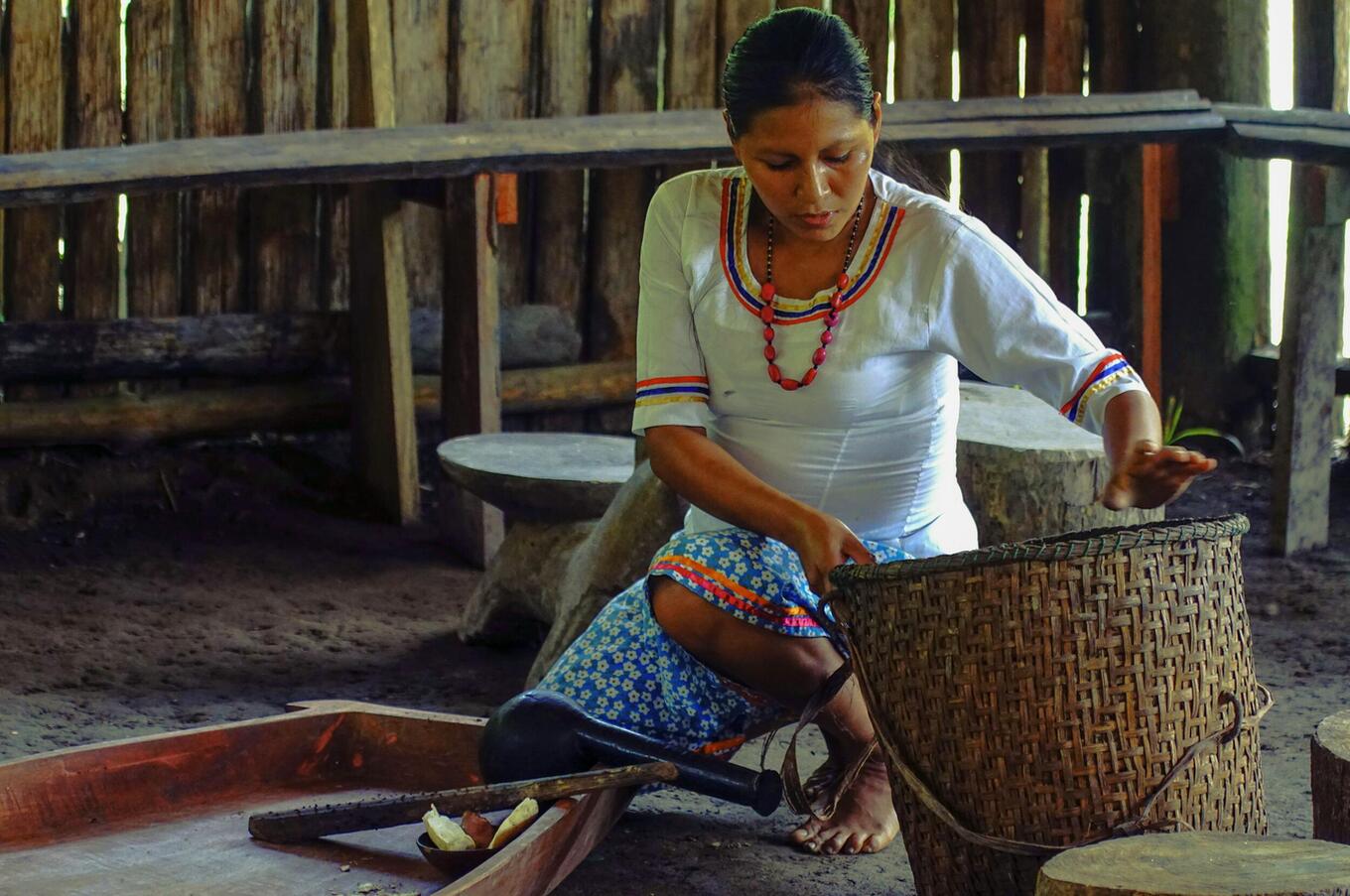
The main challenges we are currently facing are: Environmental pollution from oil exploitation, mining, since all chemicals or pipe breaks go directly to the main water tributary, the Napo River; previously we could use the river water to meet our needs such as bathing in the river, washing clothes and we could even drink it directly without treating it, today it is impossible because of the high degree of contamination by oil spills, or the high level of mercury from mining in the headwaters where this water tributary arises or passes.
Another challenge is to continue maintaining and promoting the conservation of flora and fauna on the borders of our territory due to hunters from outside our community, since there are generally species that are in danger of extinction. In our territory of more than 21,400 hectares, there are unique species such as the harpy eagle, the giant river otter, the jaguar, and other species.
Another challenge is maintaining our culture in the coming years with the following generations. With globalization's new tendencies, it appears that young people could be drawn to them. It is our duty to guide them to continue preserving our identity as Kichwas.

We are a local, national, and international reference in the management of ecotourism, always focused on the conservation of the environment, while maintaining our cultural identity. By showing surrounding communities the successful model of community tourism, with clear rules and teamwork, they can achieve great things for their own welfare.
Likewise, we will continue to implement improvements in our facilities with environmentally friendly materials to ensure quality and comfort for our customers, and above all, maintain the positioning of our products in the long term.

Thanks to our project, we have improved our quality of life. From the beginning, we opted for the conservation of the environment, meaning that you can not hunt, fish, or cut down trees, which has allowed animal species to be seen easily, which does not occur in other surrounding areas.
All members of the community have a job to put a roof over their heads, likewise, young people have scholarships so they can pursue professions in third and fourth-level degrees. Today we have several fellow engineers, bachelors, and masters, whose knowledge contributes to the development of the organization.
The surpluses that are generated from the projects at the end of the year are redistributed in budgets for the improvement of the quality of life of the community members: these funds are reinvested in health, senior citizens, education, new projects, and social issues of the community.
People are committed to the organization and are always covered by our statute to comply with all the provisions of the general assembly.
There are clear laws in the community. It is completely forbidden to hunt, fish, and cut down trees. There are internal laws where people who infringe are sanctioned for two years, although these cases do not occur.
To ensure the conservation and protection of the environment, all partners have been empowered to understand that we must take care of nature. Different species will attract passengers interested in the flora and fauna, as their sightings in their natural habitats will cause a great echo for the visit of tourists, as we remember that we are in one of the most biodiverse places on the planet, Yasuni National Park.
The importance lies mainly in having our own cultural identity. We are a culture rich in customs, beliefs, and traditions. Our grandparents and parents have been wise and knowledgeable about the secrets of our environment. The ancestral medicine, "ayahuasca", is a drink that is known for transporting people to other dimensions. A meditation process is used before consuming the brew based on healing by means of a shaman, which is inherited from father to son, and requires previous preparation.
Then, in the eyes of others, awareness is raised about everything we do. We would be losing our cultural wealth if we did not educate future generations that we should be ourselves and continue to put into practice everything our parents know.
The involvement of community members in the activities of the Napo Wildlife Center has been based on their capabilities. Throughout the organizational structure, people from the community make up the strategic, operational, and functional areas depending on their skills or specializations. In the same way, we are looking for more young people to specialize and occupy strategic-level jobs.
For it to work, there are strict rules in the community, such as the consumption of alcohol and drugs not being allowed. If any of the members commits any of these offenses, they are sanctioned from work for two years and during that period must demonstrate appropriate behavior with the community.
The impact of environmental awareness that can clearly be evidenced by visitors is the very facility for the sighting of a myriad of species, such as birds, monkeys, insects, mammals, etc.
We always try to educate about the importance of environmental awareness to preserve this biodiverse place. Additionally, we manage recycling programs.
The future plans of the Napo Wildlife Center are based on:
Targeting new markets and generating new niches, so that they know our tourism products. As well, remaining at the top in the field of community tourism, continue improving, innovating, taking into account the quality of customer service and customer service attached to our principles of conservation, and implementing new activities or renewing the existing ones that must be carried out according to our principles.
Open a customer service office in a country where our potential customers come from to provide first-hand information or clear up certain doubts.
While this is true, to create the Napo Wildlife Center, we collaborated with an NGO. During this time, there was some incentive from government entities, but it was not permanent. Every four years, there is a change of central government in the country, and whoever occupies the position of the presidency will have other ideals; therefore, the incentive is minimal. All efforts to strengthen the Napo Wildlife Center have been autonomous, mostly on behalf of the results generated by our projects, representing 90% of the effort of the community.
We are currently working with a foundation called "Sacha Muskuy" a terminology in Kichwa that means the dream of the jungle, a foundation that was born in the community, which through the sponsorship of external people we seek to work in several areas: education, health, basic services, empowerment of women, environmental education, within the community and in the same way contribute to nearby communities on these issues.
It is important to take care of the environment. Currently, our planet is facing climate change, and along with it, natural disasters, and species are becoming extinct every day. If you visit the Napo Wildlife Center, you are not only touring, you are doing much more than that; you are contributing to several causes: environmental conservation, community support, and learning about our reality and our culture. We want to continue with this project in the long term, caring for and protecting our natural environment, and our cultural identity.
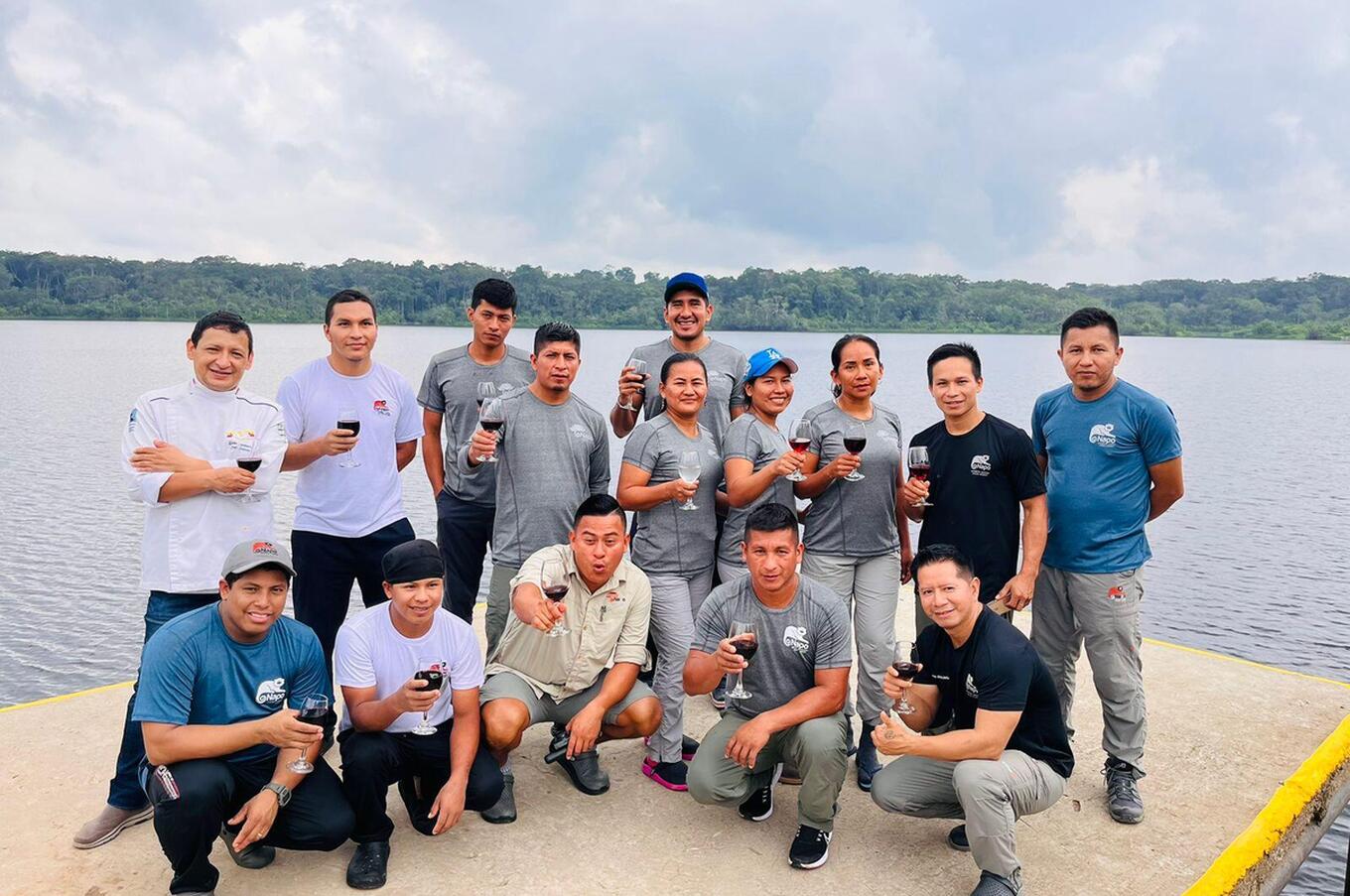
In conclusion, the conversation with Jorge Rivadeneyra has been deeply enlightening. The indigenous Kichwa Añangu community is tackling head-on the challenges of cultural preservation, environmental protection, and economic development through ecotourism. Initiatives such as the Napo Wildlife Center demonstrate that it is possible to balance the preservation of rich traditions and unique biodiversity with the improvement of the community's quality of life. In addition, their strong commitment to education and reinvestment of profits back into the community serves as an example for other regions to follow. However, it is not easy, and as Rivadeneyra points out, the road is full of challenges. But if one thing is clear, it is that they are fighting valiantly to protect their home, their culture, and their future, generating a model of sustainable and resilient development that is worthy of admiration and global attention.
